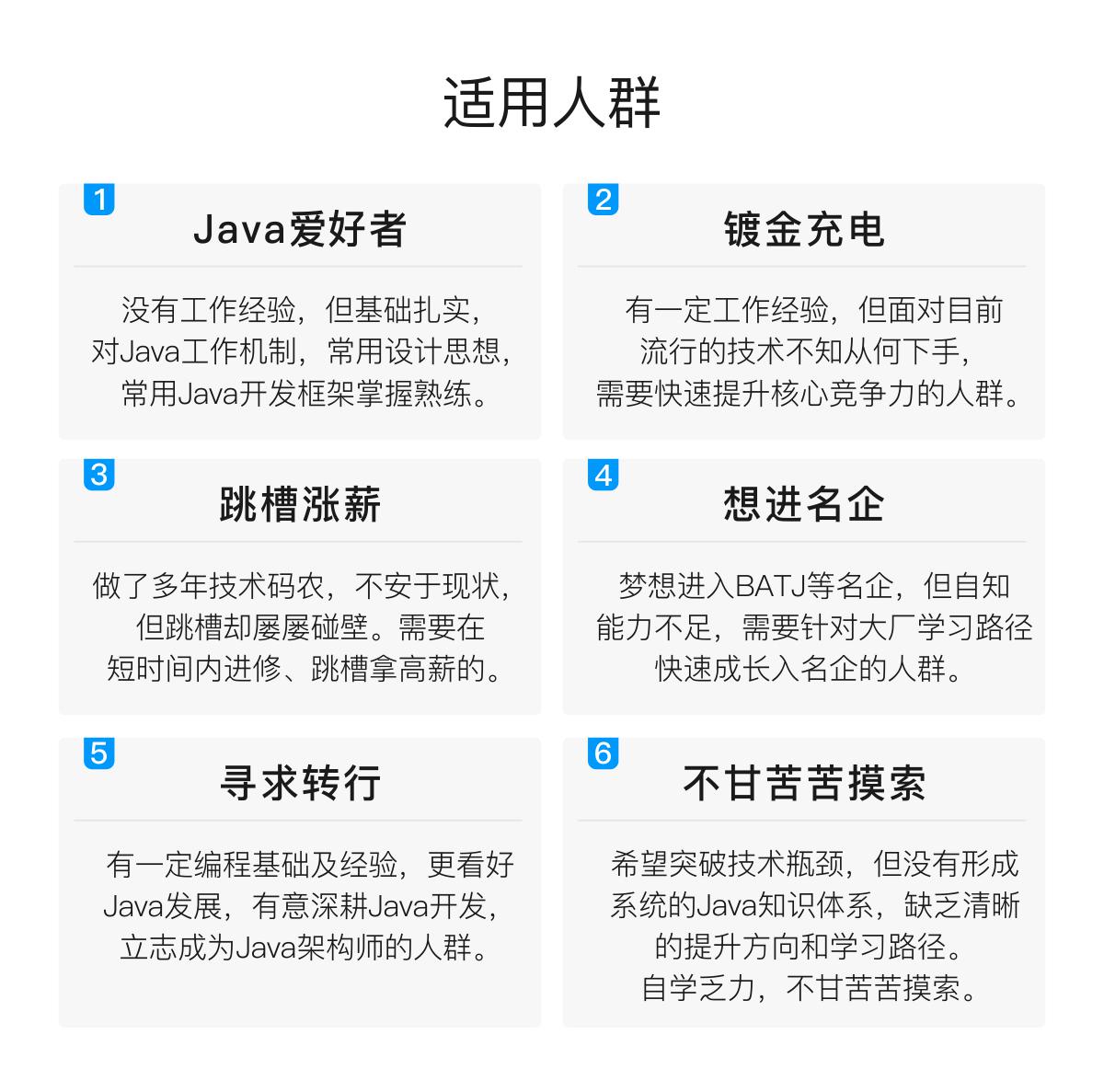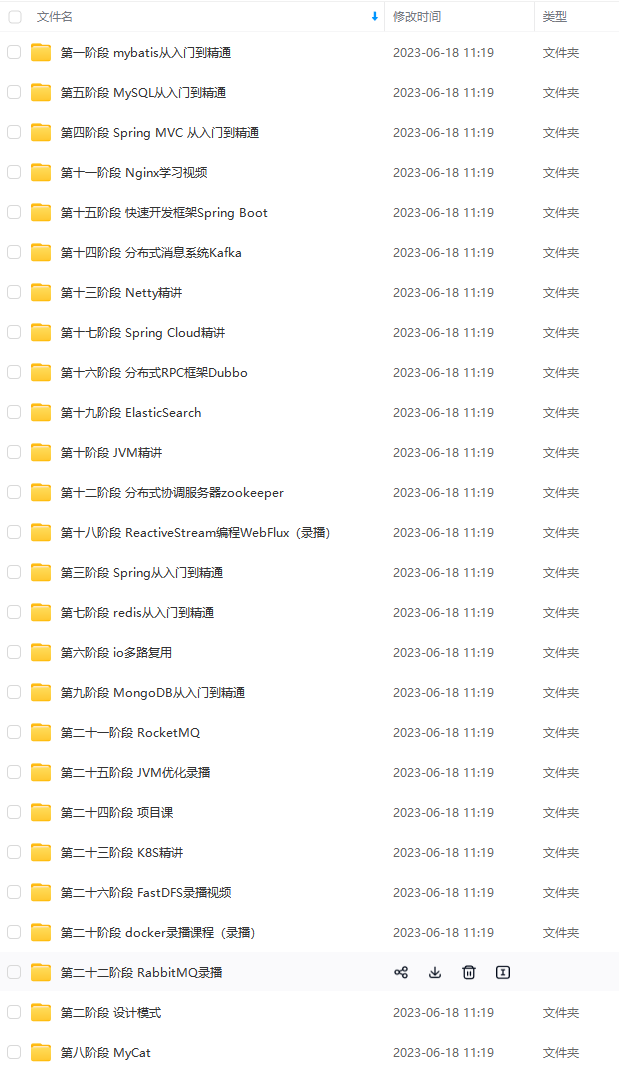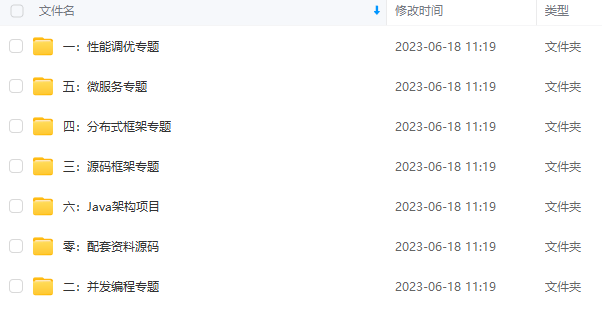import java.util.Vector; import java.util.List;
public static void vectorDemo() { //constructors Vector<String> vec1 = new Vector<String>(); Vector<String> vec2 = new Vector<String>(10); Vector<String> vec3 = new Vector<String>(10, 3); String[] arr1 = {"a", "b", "c", "d", "e"}; Vector<String> vec4 = new Vector<String>(Arrays.asList(arr1));
//add methods for (int i = 0; i < 10; i++) { vec1.add(String.format("%d", i)); } //vec1: [0, 1, 2, 3, 4, 5, 6, 7, 8, 9] vec2.addAll(vec4); //vec2: [a, b, c, d, e] vec2.addAll(3, vec1); //vec2: [a, b, c, 0, 1, 2, 3, 4, 5, 6, 7, 8, 9, d, e] vec2.add(8, "test"); //vec2: [a, b, c, 0, 1, 2, 3, 4, test, 5, 6, 7, 8, 9, d, e] vec2.addElement("abc"); //vec2: [a, b, c, 0, 1, 2, 3, 4, test, 5, 6, 7, 8, 9, d, e, abc] vec2.insertElementAt("def", 3); //vec2: [a, b, c, def, 0, 1, 2, 3, 4, test, 5, 6, 7, 8, 9, d, e, abc]
//get methods Enumeration<String> iter = vec2.elements(); while(iter.hasMoreElements()) { System.out.println(iter.nextElement()); } String strAtPos3 = vec2.get(3); //position starts at index 0 String strAtPos3_1 = vec2.elementAt(3); //position starts at index 0 String firstStr = vec2.firstElement(); //a String lastStr = vec2.lastElement(); //abc
//Vector basic methods System.out.println(vec2.capacity()); //20, capacity is pre-allocated size System.out.println(vec2.size()); //18, size is the number of elements System.out.println(vec2.isEmpty()); //false //if newSize is greater than current size, null elements will be appended, //if newSize is less than current size, all elements after index "newSize" //will be discarded vec2.setSize(15); //vec2: [a, b, c, def, 0, 1, 2, 3, 4, test, 5, 6, 7, 8, 9] vec2.trimToSize(); //trim empty positions, capacity will be equal to size //enlarge capacity, at lease the capacity should hold the size vec2.ensureCapacity(10); //capacity should be 15 now Vector<String> vecNew = (Vector<String>)vec2.clone(); System.out.println(vec2.hashCode()); System.out.println(vecNew.equals(vec2));
//index and contain methods System.out.println(vec2.indexOf("test")); //9 (index starts at 0) System.out.println(vec2.indexOf("1", 8)); //-1 (Searching starts at index 8) System.out.println(vec2.lastIndexOf("test")); //9 System.out.println(vec2.lastIndexOf("test", 6)); //-1 (Searching from index 6 to 0) System.out.println(vec2.contains("test")); System.out.println(vec2.containsAll(vec1)); //vec1: [0,1,2,3,4,5,6,7,8,9]
//set methods vec2.set(0, "Start"); //vec2: [Start, b, c, def, 0, 1, 2, 3, 4, test, 5, 6, 7, 8, 9] vec2.setElementAt("SecElem", 1); //vec2: [Start, SecElem, c, def, 0, 1, 2, 3, 4, test, 5, 6, 7, 8, 9] System.out.println(vec2);
//remove methods vecNew.remove(10); //vecNew: [a, b, c, def, 0, 1, 2, 3, 4, test, 6, 7, 8, 9] //remove the first match element vecNew.remove("2"); //vecNew: [a, b, c, def, 0, 1, 3, 4, test, 6, 7, 8, 9] vecNew.removeAll(vec4); //vecNew: [def, 0, 1, 3, 4, test, 6, 7, 8, 9] vecNew.removeElementAt(2); //vecNew: [def, 0, 3, 4, test, 6, 7, 8, 9] vecNew.removeElement("4"); //vecNew: [def, 0, 3, test, 6, 7, 8, 9] //remove all elements that are not contained in the param collection vecNew.retainAll(vec1); //vecNew: [0, 3, 6, 7, 8, 9] vecNew.removeAllElements(); //size will be 0, capacity will remain vecNew.clear(); //similar to removeAllElements System.out.println(vecNew);
//convert methods String[] sArr = new String[vec2.size()]; vec2.copyInto(sArr); //sArr: [Start, SecElem, c, def, 0, 1, 2, 3, 4, test, 5, 6, 7, 8, 9] List l = vec2.subList(6, 10); //l: [2, 3, 4, test] Object[] ol1 = vec2.toArray(); for (int i = 0; i < ol1.length; i++) { System.out.println(ol1[i]); } String[] targetArr = new String[vec2.size()]; vec2.<String>toArray(targetArr); //targetArr: [Start, SecElem, c, def, 0, 1, 2, 3, 4, test, 5, 6, 7, 8, 9] System.out.println(vec2.toString()); } |
Stack:
Stack继承自Vector,所以Stack继承了Vector中定义的全部方法,除了Vector中的方法,Stack还定义了一些自己特有的方法
import java.util.Stack;
public static void stackDemo() { //Stack is derived from Vector Stack<Integer> s1 = new Stack<Integer>(); for (int i = 0; i < 10; i+=2) { s1.push(i); } System.out.println(s1); //[0, 2, 4, 6, 8] System.out.println(s1.peek()); //8 Integer top = s1.pop(); System.out.println(top); //8 System.out.println(s1.peek()); //6 System.out.println(s1.search(2)); //3 System.out.println(s1.search(3)); //-1 } |
Dictionary:
Dictionary是抽象类,不能实例化,Hashtable就是一个Dictionary的实现类,不过Dictionary已经过时,目前通常使用Map接口,Hashtable也实现了Map接口的方法
Hashtable:
import java.util.Hashtable;
public static void hashtableDemo() { Hashtable<String, Integer> ht1 = new Hashtable<String, Integer>(); for (int i = 0; i < 10; i++) { ht1.put(String.format("Test%d", i), i); } Hashtable<String, Integer> ht2 = (Hashtable<String, Integer>)ht1.clone(); Hashtable<String, Integer> ht3 = new Hashtable<String, Integer>(10, 0.8f);
System.out.println(ht3.isEmpty()); //true System.out.println(ht2.size()); //10
Enumeration<Integer> values = ht2.elements(); while (values.hasMoreElements()) { System.out.println(values.nextElement()); }
if (ht2.contains(5)) { // or use containsValue(5) Enumeration<String> keys = ht2.keys(); while (keys.hasMoreElements()) { String key = keys.nextElement(); Integer value = ht2.get(key); if (value == 5) { System.out.println(key); } } }
if (ht2.containsKey("Test2")) { System.out.println(ht2.get("Test2")); }
ht1.clear(); System.out.println(ht2); ht2.remove("Test5"); System.out.println(ht2); } |
Map:
import java.util.Map; import java.util.HashMap; import java.util.Set; import java.util.Collection;
public static void hashmapDemo() { Map<Integer, String> m1 = new HashMap<Integer, String>(); for (int i = 0; i < 10; i++) { m1.put(i, String.format("Test%d", i)); } System.out.println(m1);
Set<Map.Entry<Integer, String>> set = m1.entrySet(); for (Map.Entry<Integer, String> entry : set) { System.out.println(entry.getKey() + ":" + entry.getValue()); }
System.out.println(m1.containsKey(4)); System.out.println(m1.containsValue("Test5"));
Set<Integer> keys = m1.keySet(); Collection<String> values = m1.values(); m1.remove(6);
System.out.println(keys); System.out.println(values); } |
Set:
Set不包含重复元素
import java.util.ArrayList; import java.util.Set;
public static void setDemo() { int[] nums = new int[] {1, 4, 8, 3, 22, 34, 4, 6, 0, 33, 5, 6, 3, 9}; List list = new ArrayList(); for (int i:nums) { list.add(i); } System.out.println(list); //[1, 4, 8, 3, 22, 34, 4, 6, 0, 33, 5, 6, 3, 9] Set<Integer> set = new HashSet<Integer>();
//remove duplicate elements set.addAll(list); System.out.println(set); //[0, 1, 33, 34, 3, 4, 5, 22, 6, 8, 9] set.add(4); //4 is a duplicate element, so this will not take effect System.out.println(set); //[0, 1, 33, 34, 3, 4, 5, 22, 6, 8, 9]
System.out.println(set.size()); //11 } |
import java.util.Properties;
public static void propertiesDemo() { Properties props = new Properties(); props.put("Key1", "Value1"); props.setProperty("Key2", "Value2"); props.list(System.out); //-- listing properties -- //Key2=Value2 //Key1=Value1 System.out.println(props.getProperty("Key1")); //Value1 } |
自我介绍一下,小编13年上海交大毕业,曾经在小公司待过,也去过华为、OPPO等大厂,18年进入阿里一直到现在。
深知大多数Java工程师,想要提升技能,往往是自己摸索成长或者是报班学习,但对于培训机构动则几千的学费,着实压力不小。自己不成体系的自学效果低效又漫长,而且极易碰到天花板技术停滞不前!
因此收集整理了一份《2024年Java开发全套学习资料》,初衷也很简单,就是希望能够帮助到想自学提升又不知道该从何学起的朋友,同时减轻大家的负担。


既有适合小白学习的零基础资料,也有适合3年以上经验的小伙伴深入学习提升的进阶课程,基本涵盖了95%以上Java开发知识点,真正体系化!
由于文件比较大,这里只是将部分目录截图出来,每个节点里面都包含大厂面经、学习笔记、源码讲义、实战项目、讲解视频,并且会持续更新!
如果你觉得这些内容对你有帮助,可以扫码获取!!(备注Java获取)

结局:总结+分享
看完美团、字节、腾讯这三家的一二三面试问题,是不是感觉问的特别多,可能咱们真的又得开启面试造火箭、工作拧螺丝的模式去准备下一次的面试了。
开篇有提及我可是足足背下了Java互联网工程师面试1000题,多少还是有点用的呢,换汤不换药,不管面试官怎么问你,抓住本质即可!能读到此处的都是真爱
- Java互联网工程师面试1000题

而且从上面三家来看,算法与数据结构是必备不可少的呀,因此我建议大家可以去刷刷这本左程云大佬著作的 《程序员代码面试指南 IT名企算法与数据结构题目最优解》,里面近200道真实出现过的经典代码面试题。
- 程序员代码面试指南–IT名企算法与数据结构题目最优解

- 其余像设计模式,建议可以看看下面这4份PDF(已经整理)

- 更多的Java面试学习笔记如下,关于面试这一块,我额外细分出Java基础-中级-高级开发的面试+解析,以及调优笔记等等等。。。

以上所提及的全部Java面试学习的PDF及笔记,如若皆是你所需要的,那么都可发送给你!
《互联网大厂面试真题解析、进阶开发核心学习笔记、全套讲解视频、实战项目源码讲义》点击传送门即可获取!
阶开发核心学习笔记、全套讲解视频、实战项目源码讲义》点击传送门即可获取!**






















 439
439











 被折叠的 条评论
为什么被折叠?
被折叠的 条评论
为什么被折叠?








